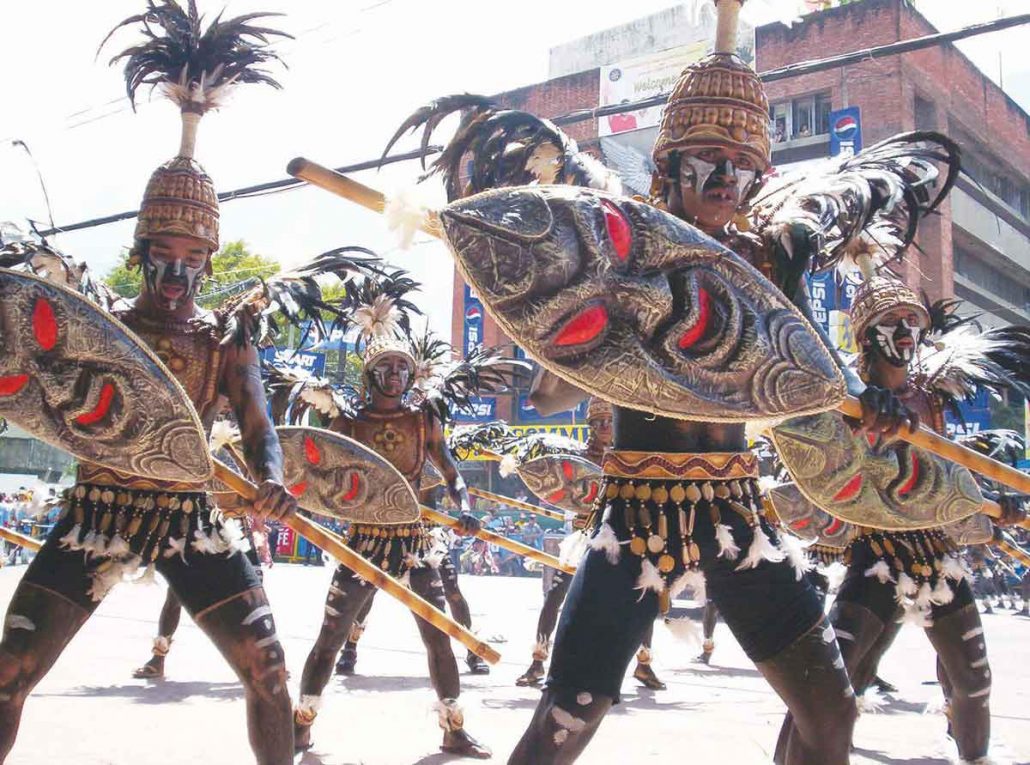
THE root word is dagyang. In Hiligaynon, it means to make merry. Dinagyang is the present progressive word of the Ilonggo word, meaning making merry or merry-making.
Associated with the annual, socio-cultural-religious festival of Iloilo City, the word Dinagyang was chosen by Ilonggo writer and radio broadcaster, the late Pacifico Sumagpao Sudario, and first used to refer to the festival when it was launched in 1977.

But Iloilo City’s Dinagyang had its early beginnings in 1968. A replica of the image of Señor Santo Niño was brought from Cebu City to the San Jose Parish Church by Fr. Suplico Ebderes, OSA with a delegation of Cofradia del Sto. Niño, Cebu members.
The image and party were enthusiastically welcomed by then parish priest of San Jose Church, Fr. Ambrosio Galindez, OSA, then Mayor Renerio Ticao, and the devotees of the Sto. Niño in Iloilo City.
The image was brought to San Jose Parish Church and enshrined there up to this time, where a novena in His honor is held every Friday.
The first parish feast of Señor Santo Niño was celebrated in 1969, a year after his arrival in Iloilo City. The culmination of the nine-day novena was the Fluvial Procession.
In the early morning light of dawn, the revered Santo Niño image was borne on a decorative banca in a fluvial procession, starting from the mouth of the Iloilo River at Fort San Pedro, winding all the way to the Iloilo Provincial Capitol which stood on the bank of the Iloilo River.
The year 1976 also brought another feature of the festival. Street revelry and audience participation were introduced and encouraged.
At that point, the Santo Niño was met by the Hermano-Hermano Mayor, devotees, and ati-atihan tribes. With the Santo Niño leading, the foot procession started, passing through the main streets of the city and ending up at the San Jose Church, where a high mass was then celebrated.
Every year since then, the image is venerated through religious celebration, with the ati-atihan tracing its roots to the barter or purchase of Panay Island by the 10 Bornean datus from the Ati King, Marikudo, in the 13th century.
From 1969, the celebration was casually called ati-atihan and to differentiate it from that of Kalibo, Aklan was specified as Iloilo Ati-atihan.
The fluvial procession of the Santo Niño image on the Iloilo River was made a prerequisite to the ati-atihan foot procession, which has now evolved into a parade and competition, thus answering the cultural aspect of the celebration./PN



